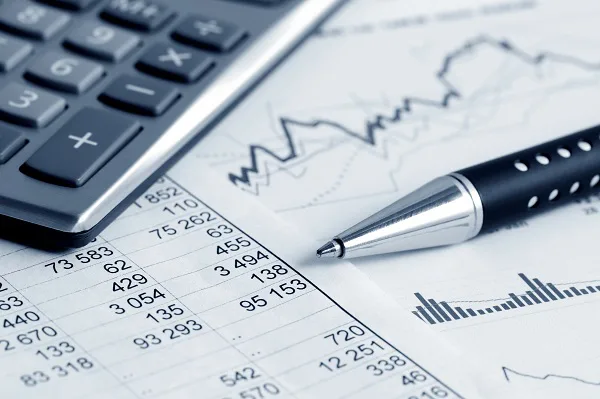

Today’s people counting technologies are capable of gathering a wide range of detailed data, offering significant insights into key business metrics that include conversion rates, promotion effectiveness, and staffing levels. By its nature, this people counting information isn’t static: it changes with each passing minute, hour, and day. Likewise, getting the most from this wealth of people counting data should be an ongoing effort, designed to increase the value of your insights over time.
Optimizing your people counting data involves four basic steps:
1) Measure trends over time
2) Analyze data and draw conclusions
3) Create solutions to respond to issues/improve operations
4) Measure results of your efforts and begin again
Determining which trends to measure will depend on the nature of your operation, the size and layout of your building, and your key business goals. Following are some business intelligence metrics that can be effectively measured with people counting technologies:
● Visit Timeframes: With data provided to you by people counting systems, you’ll be able to determine with ease which periods are your busiest and which are your slowest. Business owners will be able to utilize this information to leverage better business decisions, such as scheduling staff and improving facility management. When labor management is optimized, customer or visitor satisfaction with the service received increases. Customer service is critical for ensuring that your sales conversion rates increase. People counting data will reveal truths about your business or establishment that you may not have noticed otherwise. The trends revealed will also assist business owners in determining what measures need to be taken in order to prosper.
Business owners can analyze their people counting data to measure the impact of location-based factors that include environmental changes (e.g. construction projects) and new competitors. They can also use inside/outside traffic comparisons to measure attraction factors in order to:
● Compare the pull of different looks, themes, and stores in a mall or museum
● Evaluate the success of visual marketing and renovations
● Appraise the effect of changes in tenants, exhibitions, or displays
● Confirm the success of promotions and other merchandising activities
● Get a snapshot of activity on a store-by-store or a zone-by-zone basis.
Retailers and other businesses can use these people counting data insights to create solutions to problems and to take advantage of opportunities. They can adjust their promotional spending, re-allocate staffing to have enough people in the store at peak times, address customer service issues with improved training and management oversight, or test the impact of different display types both inside and outside the store.
By carefully measuring the impact of these changes, then testing (and re-testing) to ensure the results are valid, retailers and other business owners can address their biggest challenges, increase their sales and improve their operational efficiency. Then when a new baseline is established, they can use the insights generated by people counting data to start the process all over again. People counting data allows for the opportunity to continually improve. Through the ongoing process of tracking of trends, evaluating of data, creating solutions, and gauging outcomes, a business or establishment will continue to grow.